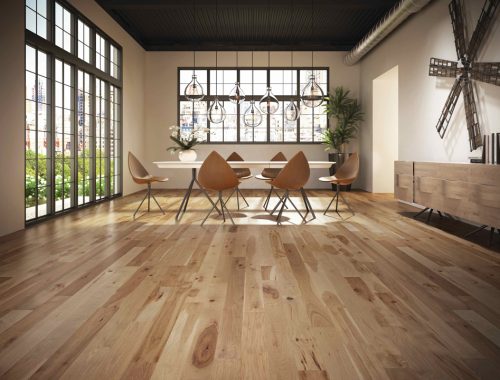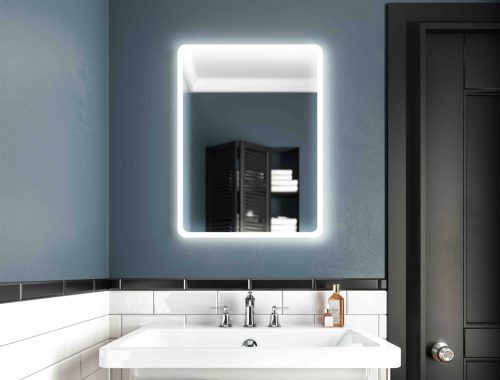Filed under: Animation / Video, Communication / Marketing, Pourquoi la 3D .
An exploded view is much like a small explosion that was stopped as it was moving, revealing all the various components of an object. The individual parts have all been separated from one another, either respecting their original positioning or not. This perspective shows what an object or one of its parts is composed of, how it functions and how it was put together.
Exploded views become all the more relevant when it comes to moving parts. They make it easier to convey sometimes voluminous and complex information. They can be used to conceptualize a new product, submit a prototype to a manufacturer, ensure that a retailer fully understands a product, train a maintenance team or simply explain to a customer how an object actually works if this is one of the products selling points.
As with all projects involving 3D, the only boundaries to the forms these exploded views can take are the limits of your imagination. Let’s examine the true potential of exploded views using 3D imagery, animation and augmented reality.
Imagery
The area in which the use of exploded views takes on its true meaning is undoubtedly in assembly instructions. In the simplest terms: how many pieces of furniture have you considered taking back to the store because you just weren’t able to assemble them? The instructions can all very well state insert part AB into part MW, but it doesn’t work! Actually, do they mean part MW or is it WM? Because obviously, you have both… Sigh.
Whether it’s furniture or complicated machinery, thanks to 3D imagery, each single part is rendered and then accurately reproduced to reflect reality, texture, proportions and so forth. It therefore becomes easily recognizable, as much on paper as on a screen. This in turn makes it not only a lot easier to understand the process, but it also shortens the written portion of the instructions. You no longer have to explain in length and in detail how to identify all the parts.
When combined with 360° imagery, exploded views become a formidable digital tool. Users can simply rotate the image in order to understand its assembly for every angle. They can find the perspective that will allow them to best associate the image with the parts they have in front of them. They benefit from simple instructions which they can rearrange according to their personal thought processes.
Animation
While an exploded view clearly explains what to do, an animation video specifies just how to do it. It clarifies the necessary steps and actions, such as the direction of rotation. It can serve first as a demonstration and then as an accompanying guide in real time, making it an excellent pedagogical tool, especially for employee training.
As we’ve already pointed out, written instructions can sometimes be lengthy and tedious. Animation, on the other hand, is dynamic and only needs to be a few seconds long. At first glance, users will therefore feel more motivated and can follow the guide at their own pace.
At their own pace, but also anywhere and at any time. This type of video can easily be integrated into any digital medium and is therefore always at hand (unlike a printed guide which we rarely carry around in our pocket!).
Augmented reality
Augmented reality is a means of adding virtual elements to the real world. The actual scene is captured on camera, and the device on which it is displayed allows you to juxtapose other objects.
When it comes to using augmented reality in exploded views, the dividing line between the real and virtual worlds is very thin. The possibilities for creating immersive experiences are infinite, yet remain largely untapped.
Imagine you’re selling a printer. On the side of it, there’s a small logo: this is a marker. When the user digitalizes it using their phone, your app opens up. Let’s say they then select the option “Replace ink cartridge.” All of a sudden, they can see their printer on their device in real time, and they can also see the instructions. The part that needs to be moved or the button that needs to be pressed automatically lights up. Once they’ve done that, the app recognizes that it’s time to proceed to the next step and identifies the next part that needs to be handled. To take this even further, if the user manipulates the wrong part, the part in question will light up red.
And that example applies to all types of machinery. The principle behind exploded views is that it allows to delineate each individual part. As such, operating mistakes occur less frequently and are of lesser importance. Users benefit from comprehensive support wherever and whenever they need it. In addition to optimizing technical considerations, customer services and after-sales services are taken to a whole new level.
A means of saving money
Though there are of course enormous advantages for customers, there are also very significant benefits for companies. Assembly has been made easier and more dynamic; this stage can therefore be passed on, in whole or in part, to the customer. And this reduces or optimizes the costs of factory assembly. As an assembled or partly assembled product requires more compact packaging, the transport and handling costs will also drop.
In terms of communication, an image speaks every language. The more an image speaks for itself, the less words that need to be used, reducing translation expenses. Lastly, the length of your documents decreases and, in consequence, so do your printing costs. They can even be eliminated altogether if you opt for an entirely digital format!
Filed under: Animation / Video, Communication / Marketing, Pourquoi la 3D .
How do you think exploded views could best work for your company?
Let's talk about it!Read more
View all posts



